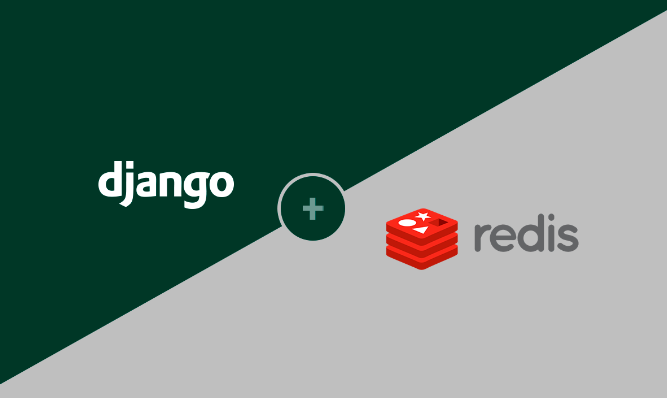Title: Django and Redis: Using Redis as a Cache Backend
Introduction:
Django provides excellent support for caching, allowing you to improve the performance of your web application. Redis, a popular in-memory data store, can be used as a cache backend in Django to efficiently store and retrieve cached data. In this article, we will explore how to integrate Redis as a cache backend in a Django application, leveraging its speed and flexibility for caching operations.
- Installing and Configuring Redis:
- Installing Redis on your system or using a managed Redis service
- Configuring Redis settings, such as host, port, and authentication credentials
- Verifying the Redis connection and ensuring it is accessible to your Django application
- Setting Up Redis as a Cache Backend in Django:
- Configuring Django’s cache settings to use Redis as the cache backend
- Specifying the Redis cache backend in the Django settings file
- Adjusting cache-related settings, such as cache timeout and cache keys prefix
- Caching Data in Django:
- Identifying the areas of your Django application where caching can be beneficial
- Implementing caching using Django’s caching framework and Redis backend
- Caching views, template fragments, database query results, or expensive computations
- Cache Invalidation and Cache Keys:
- Understanding cache invalidation strategies and when to invalidate cached data
- Utilizing cache keys to identify and manage cached data
- Implementing cache key generation based on relevant factors
- Cache Decorators and Middleware:
- Using Django’s cache decorators to cache entire views or view functions
- Applying cache decorators to specific views or URL patterns
- Implementing cache middleware for caching responses globally
- Fine-Tuning Redis Cache Settings:
- Adjusting Redis cache settings for optimal performance and memory management
- Configuring Redis eviction policies, such as LRU (Least Recently Used)
- Optimizing cache storage and memory allocation based on application requirements
- Cache Monitoring and Debugging:
- Monitoring cache hits and misses to assess cache effectiveness
- Using Django’s cache toolbar or Redis monitoring tools to analyze cache usage
- Debugging cache-related issues and resolving cache inconsistencies
- Cache Serialization and Complex Data Structures:
- Serializing and deserializing complex data structures when caching with Redis
- Leveraging Django’s cache framework for transparent serialization
- Caching lists, dictionaries, or custom objects using Redis data structures
- Cache Versioning and Cache Keys Management:
- Managing cache versioning to handle changes in cached data structures or logic
- Implementing cache key versioning to avoid conflicts and ensure data consistency
- Handling cache key changes during application updates or deployments
- Scaling Redis Cache for High Traffic:
- Scaling Redis cache to handle high traffic and heavy load
- Configuring Redis clustering or sharding for distributed caching
- Utilizing Redis Sentinel or Redis Cluster for high availability and fault tolerance
Conclusion:
Using Redis as a cache backend in Django can significantly improve the performance and scalability of your web application. By following the steps and best practices outlined in this article, you can effectively integrate Redis as a cache backend, leverage its speed and flexibility, and optimize your application’s caching operations. Redis and Django together provide a powerful combination for caching, enabling you to deliver faster responses and enhance the user experience of your Django application.




